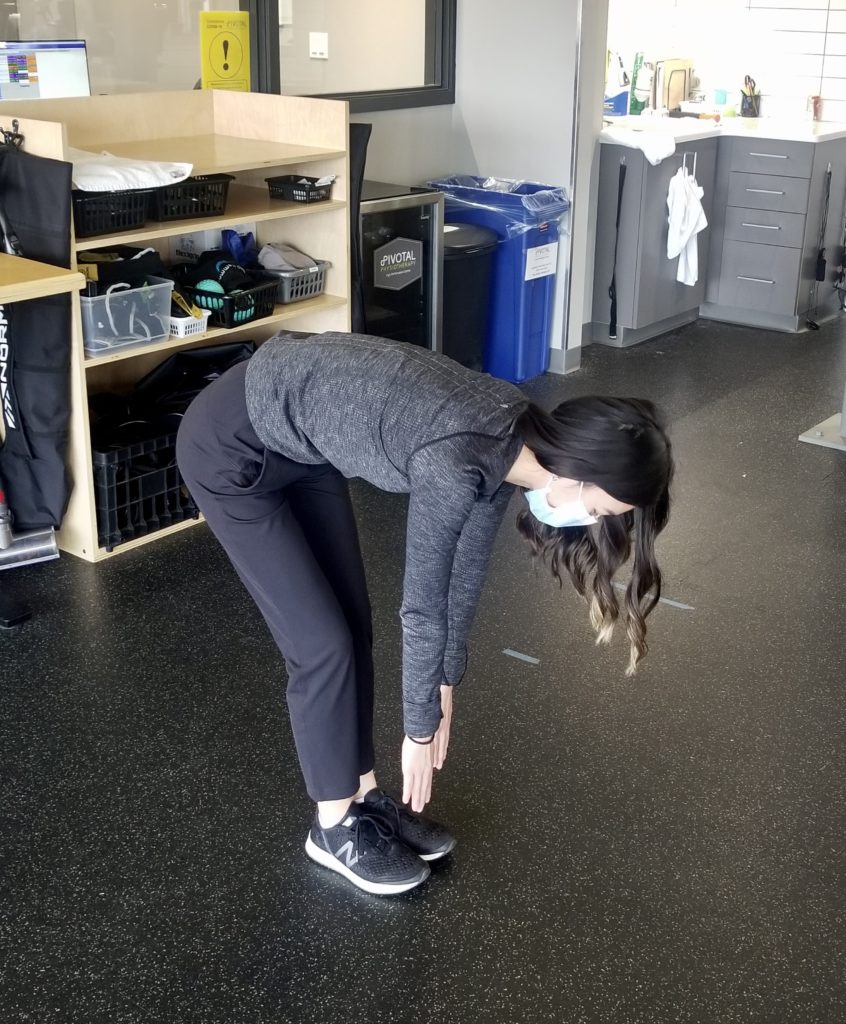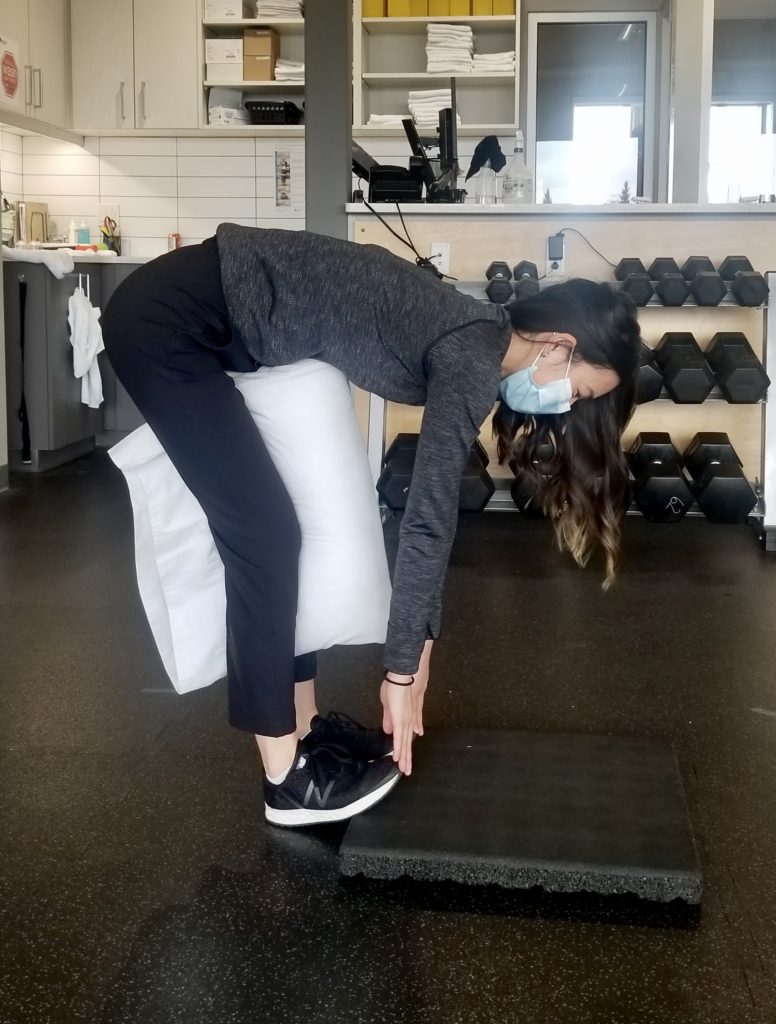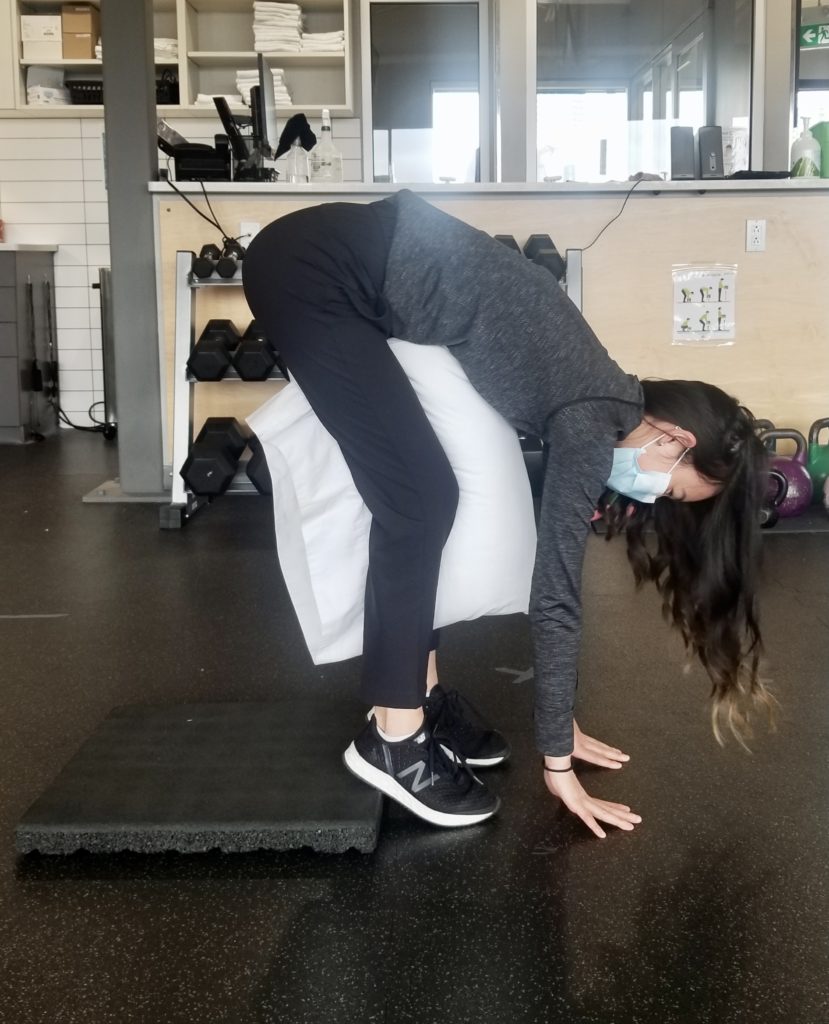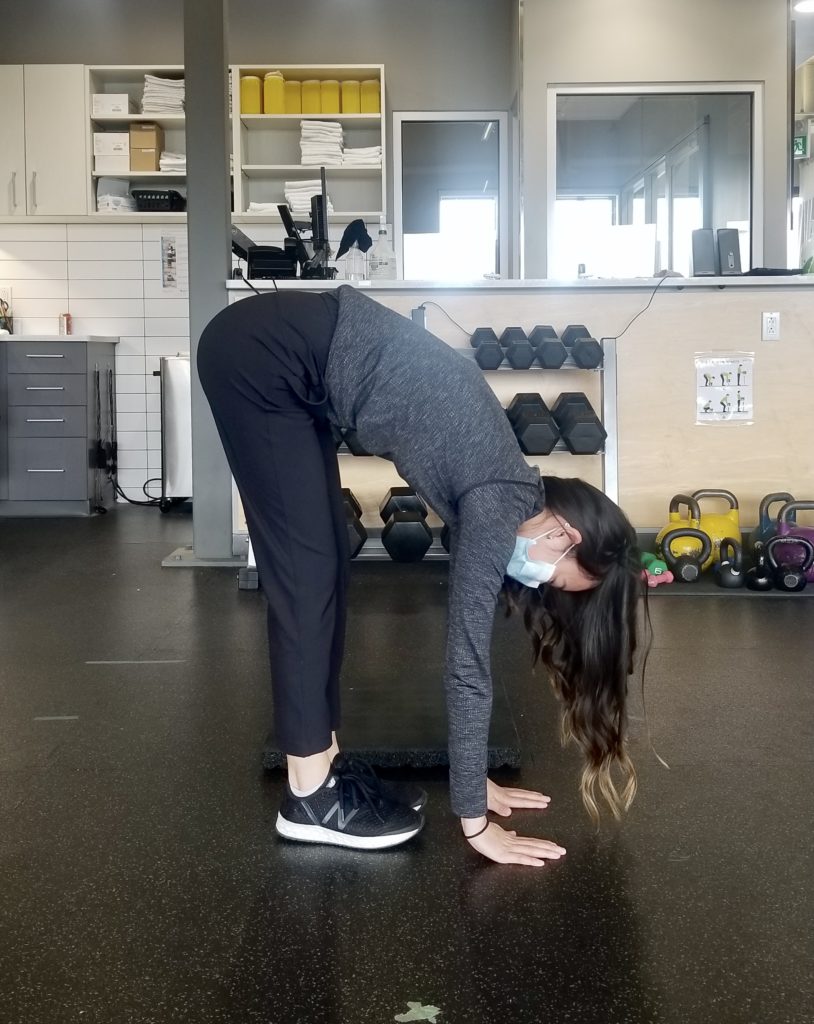Flexibility is an element of training that is important to improving performance and overall movement patterns.
Many people say they either can’t bend over and touch their toes because their hamstrings or low back and hips are too tight, or that they aren’t flexible enough to do it. Both of those common misconceptions are very prominent, and as a Massage Therapist who works with a wide array of clientele, I hear both of these reasons all the time.
What if I told you that short of a structural issue in your body like steel rods in your back or legs that would prevent the movement, you could touch your toes in the next 3 minutes without stretching or warming up for half an hour first.
If you can retrain the brain to activate the muscles in the proper order, the body works more efficiently.
Many of my patients have issues with dysfunctional movement patterns. For example, when you run or walk, the glute medius should be firing before the hamstring, yet I often see the reverse: the hamstring becomes dominant and over-trained. As a result, the hamstrings develop fascial adhesions and excess tension, which can lead to low back pain and other issues. If you can retrain the brain to activate the muscles in the proper order, the body works more efficiently. I had that exact issue and once I was able to retrain my brain into initiating the movement with my glute first, my back squat increased by 90lbs in a very short time period.
The same goes for being able to touch your toes. The standing toe touch has been a consistently broken pattern for people. Therefore, I highly recommend retraining your movement pattern. So please give this a try!

Conquer the standing toe touch
- Stand on a board so toes are up and heels are down. One of the most common reasons that you can’t touch your toes is an insufficient posterior weight shift. If you’re unable to shift your posterior weight backward as the upper body half of your body leans down and forward, your hamstrings will contract to prevent you from losing balance and falling forward. In this case, the hamstrings are merely acting as parking brakes to stop you from hurting yourself. Standing on the board so that your heels are down and toes are up forces you into a posterior weight shift. We become less dependent on our legs to hold us up and more dependent on our core and weight shift to keep us balanced.
- Squeeze a pillow, towel, or foam roller between your knees. Keep your feet together, but move your knees apart. Place a pillow, towel or foam roller between your knees. You’ll have to bend your knees slightly. Reach for the ground as far as you can. At the first sign of tension, squeeze the towel/roller as hard as you can with your knees. This activates your core because anything that makes your adductors fire makes your abs fire. When we fire the adductors and abs, we get reciprocal inhibition of extensors of the hip and extensors of the back. When they relax, you’ll stop fighting the movement. Squeezing the knees basically overrides your protective mechanism.
- Bend your knees so that you touch the floor each time. Break the pattern. Make sure you touch your toes or the floor every time. If you have to cheat by bending your knees then do it, but if not then don’t cheat
- Breathe on the way down. As Gray Cook says, “Breathing should not be disconnected from movement. Breathe first, then let the movement unfold.”

Squeeze pillow
Bend knees
Breathe
- Stand on the board so that the toes are down and heels are up. Repeat above.

After you have done the movement pattern with toes up and toes down, remove the towel and the board. Now without thinking about it, reach down and touch your toes and see how much progress you have made. You can repeat this once or twice a day for a week until you can touch your toes or the ground without any restrictions.

The principle of movement programming is to break dysfunctional patterns we have reinforced in our bodies and retrain proper movement. Without proper movement patterns in the body we set ourselves up for soft tissue, ligament/tendon and joint injuries.
Brandon Prior
Registered Massage Therapist
